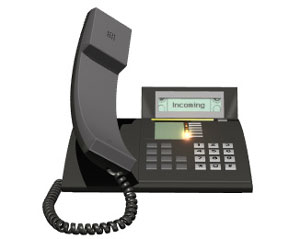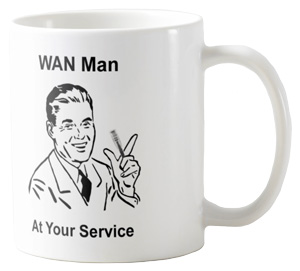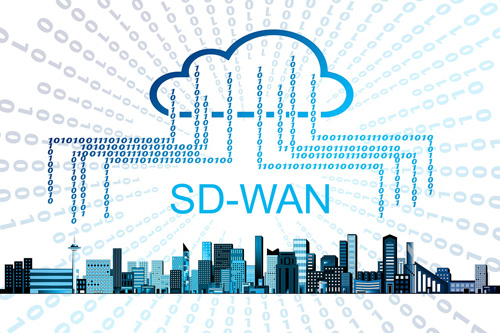 We have to. There’s really no going back. If you are still tethered to an analog twisted pair or ISDN PRI, obsolescence is coming for you… and soon. It’s time to embrace digital voice and the cloud services that it enables.
We have to. There’s really no going back. If you are still tethered to an analog twisted pair or ISDN PRI, obsolescence is coming for you… and soon. It’s time to embrace digital voice and the cloud services that it enables. What’s The Internet Got to Do With It?
Telephone networks were purpose built for telephone sets. When the Internet started, it glommed onto the phone network with dial-up modems because that was the only universal connectivity available. Fast forward to today and the Internet has moved on to high bandwidth fiber optics as a core network and last mile connectivity. Mobile telephony has developed its own wireless cellular system. That leaves the original phone network to rust in peace.
Business telephones are connecting more and more to the company IT network rather than run a separate phone network based on legacy wiring technology. For those calls to leave the company and connect to the greater world, a decision has to be made. Do you install a PBX system that connects those internal phone sets directly to the phone company using telco lines, or stick with the digital network system and connect to a phone service supplier via a dedicated private line or the Internet?
The Internet is a compelling answer. It has already been built-out to interconnect just about everybody, everywhere. Costs to reach them are as low as you can get. You already use the Internet and probably cloud business services for computer applications and file transfers. Why not let your phone calls ride along on the same network?
The fly in the ointment is that voice calls don’t have the robustness that file transfers enjoy. If the connection slows down a bit or gets little jittery, the data will get through just fine. The voice on the other end of the phone calls will cut in and out, become garbled or just disconnect. That’s unacceptable for business and a major impediment to adopting VoIP telephone systems.
How to Fix the Internet for Phone Calls
A solution to getting high quality business phone service along with the benefits of digital telephony is called SD-WAN. A WAN or Wide Area Network is any connection, such as the Internet, that goes outside your business. The SD part is called Software Defined. That means adding intelligence into the WAN connections to manage sensitive traffic for quality and reliability.
The most basic operation of SD-WAN appliances is to combine two or more WAN connections. That can be two broadband Internet lines, such as Cable, DSL, fiber, T1, 4G LTE or 5G cellular, or fixed wireless access.
The idea is that every connection has it own performance characteristics and variations that are different from other types of connections. That’s typical of the Internet. It varies all over the place from instant to instant, but not on all connections at the same time.
The SD-WAN appliance constantly monitors the characteristics of each connection. What is the speed, packet loss and jitter? Has the line gone dead or so congested it might as well be? With two or more lines to choose from, SD-WAN can route packet by packet through the best connection at each moment. Phone calls get priority over your other traffic so they get the absolutely best connectivity at all times.
There are other intelligent features that are also running to ensure voice quality. Forward error correction duplicates each voice packet so if one is lost, the other can take its place at the far end. That gets rid of a lot of the choppiness you hear in digital phone calls. Calls are also smoothed out using dynamic jitter buffering that collects the packets and delivers them smoothly in spite of variances in transmission time.
How about security? The Internet is notorious for terrible security issues compared to private lines and the traditional PSTN phone network. By encoding the voice streams and including a firewall and other intrusion preventing measures, even the Internet can be made acceptably secure.
SD-WAN Also Improves Your Other Applications
What helps improve voice calls is also a major benefit for all your network traffic over the Internet. As companies move more and more applications to the cloud, robust connectivity is becoming essential to productivity and customer satisfaction. SD-WAN can make all of your Internet interactions faster, smoother and more reliable. It comes down to having enough high quality links for the system to always have solid connections. Those links will be used efficiently since lower demanding traffic, such as backups and low priority file transfers, can traverse even slower and more jittery connections.
Are you frustrated with the quality and performance of your current business phone system or face disconnection of legacy services? If so, find out what high quality enterprise VoIP and Universal Communications options are available for your business.









